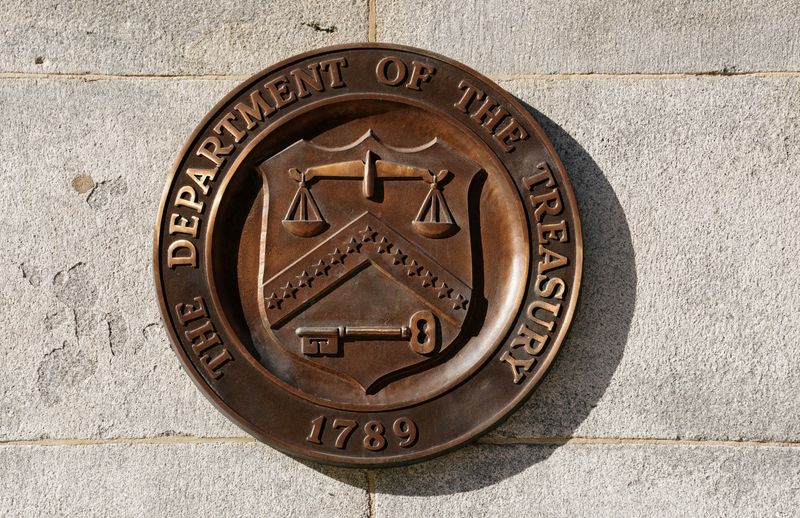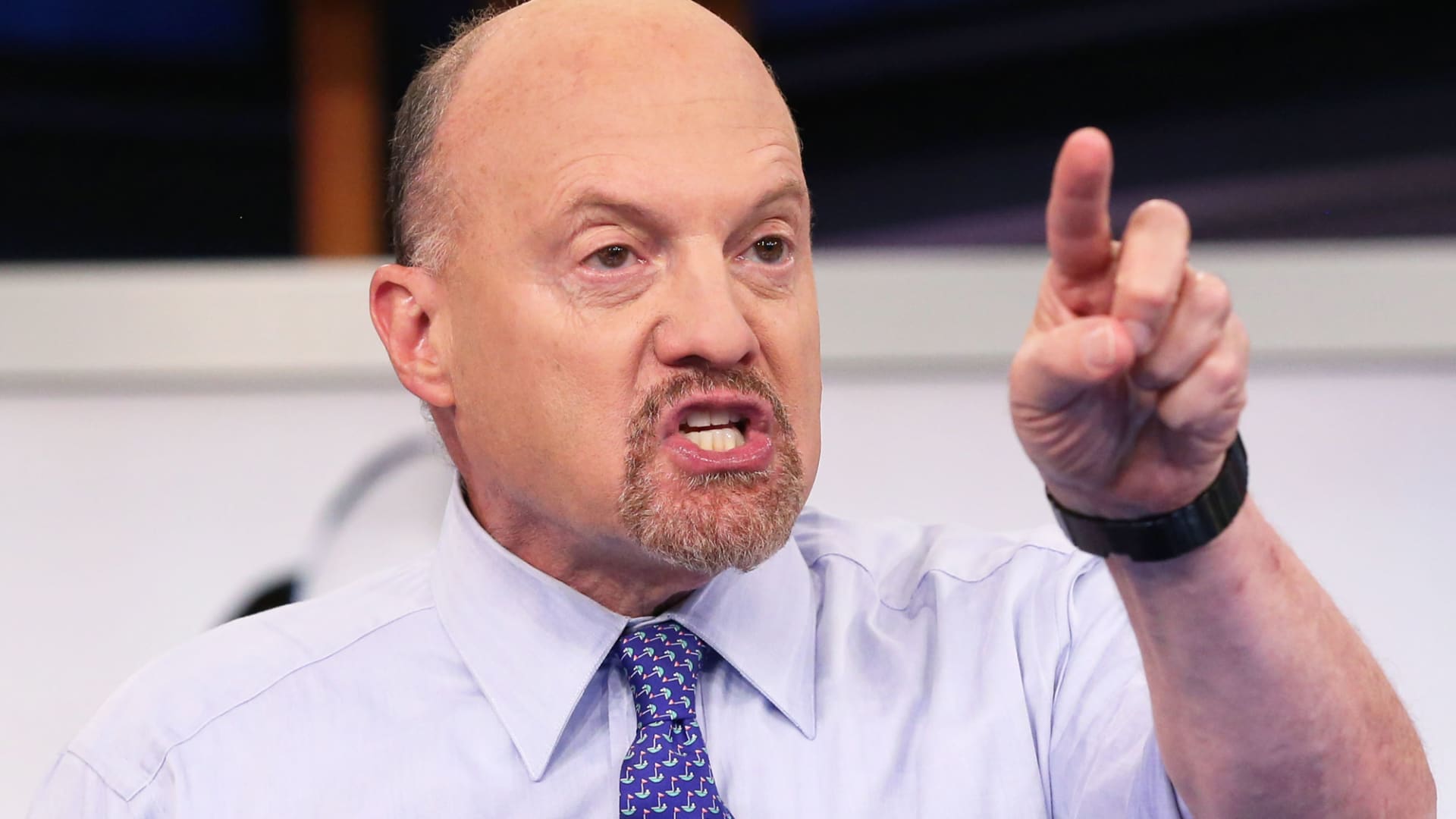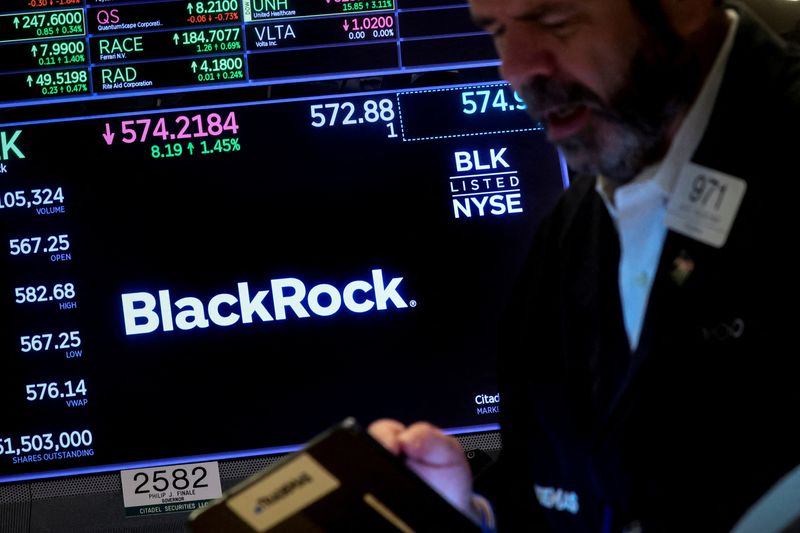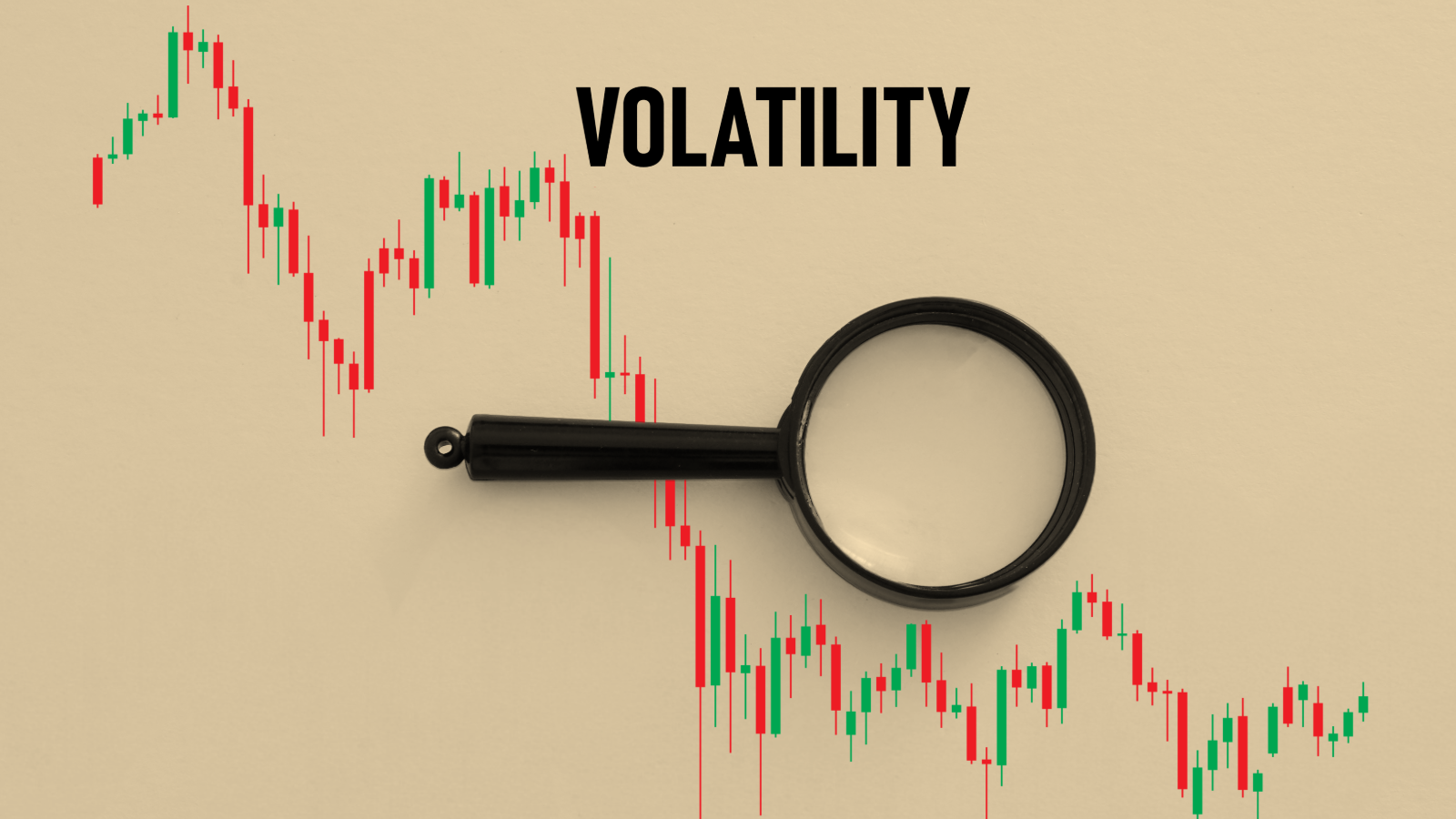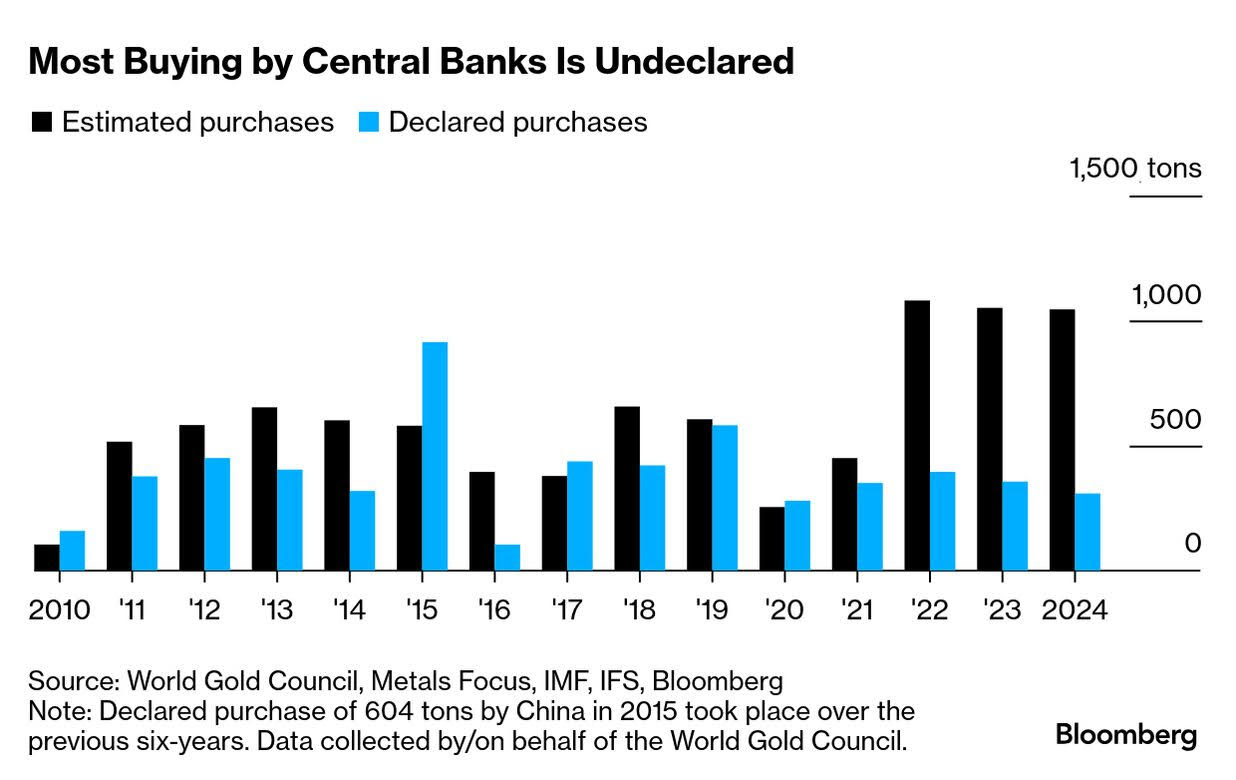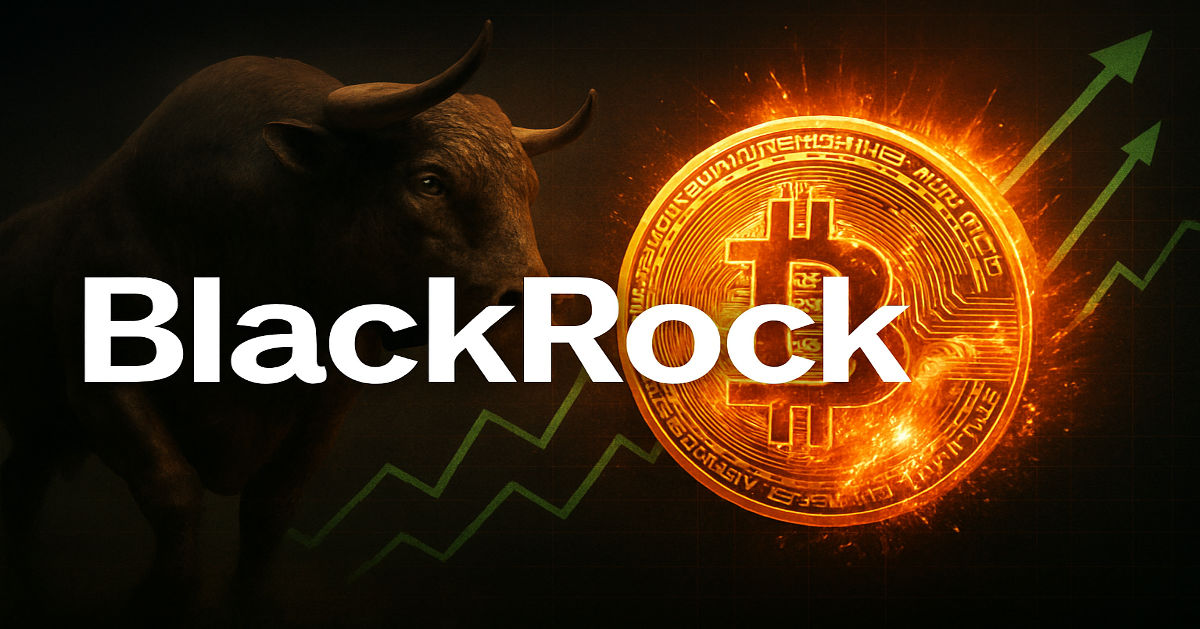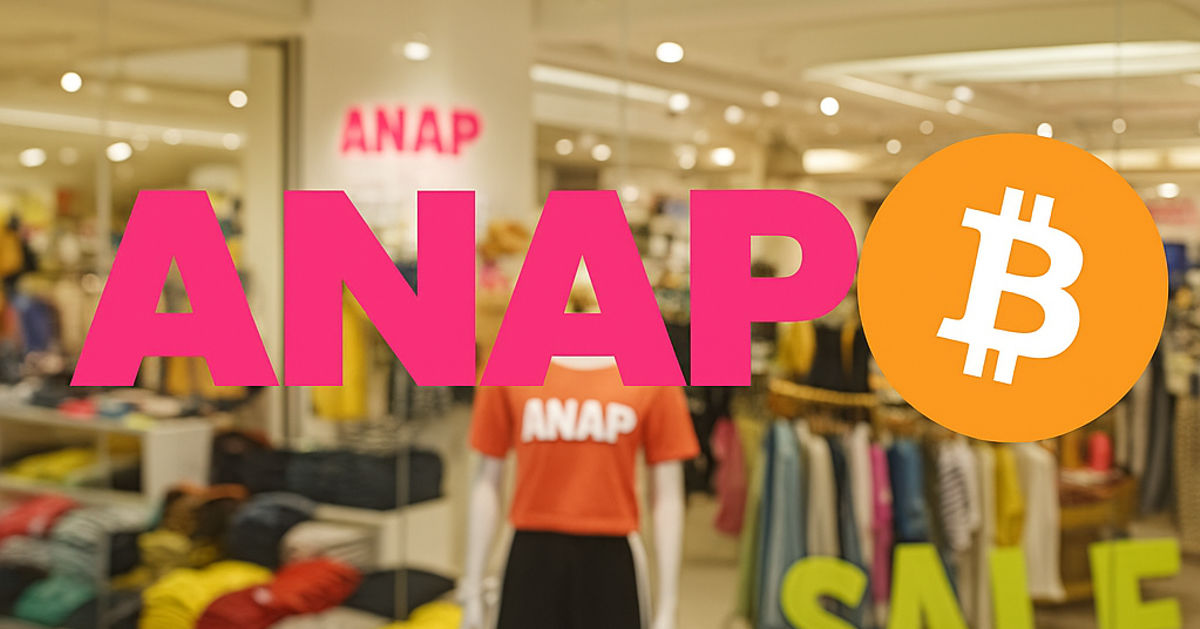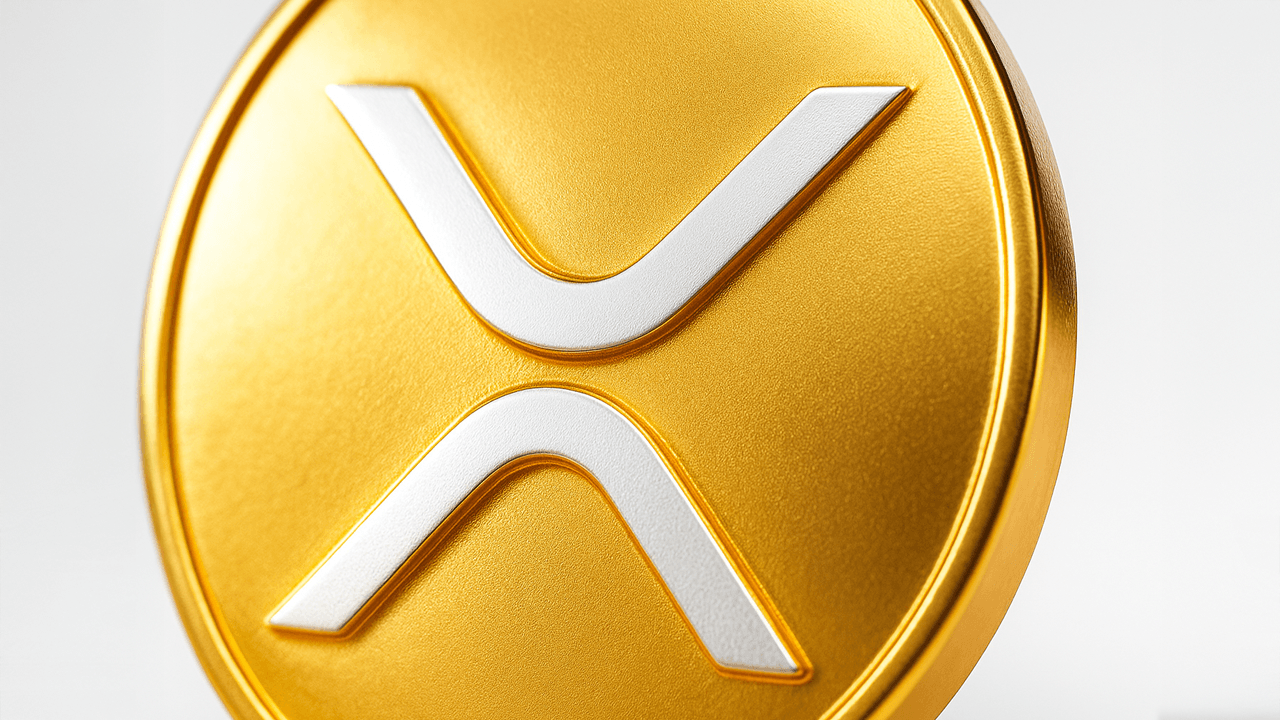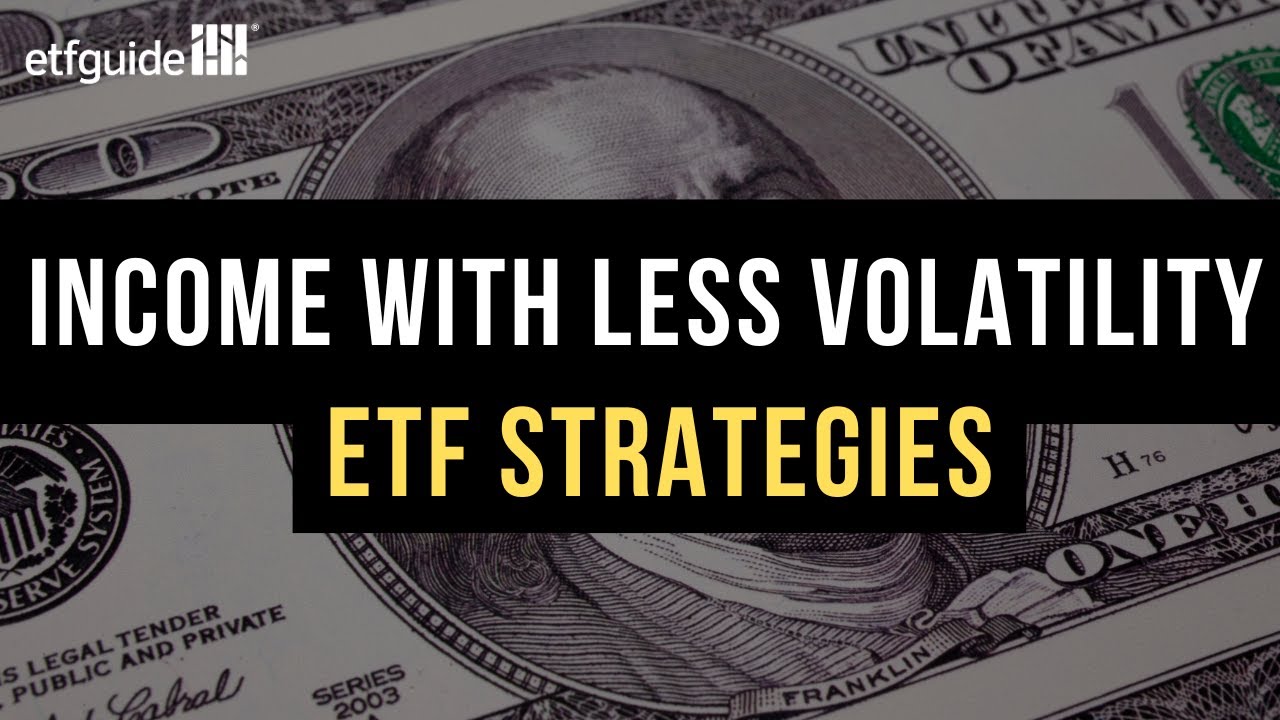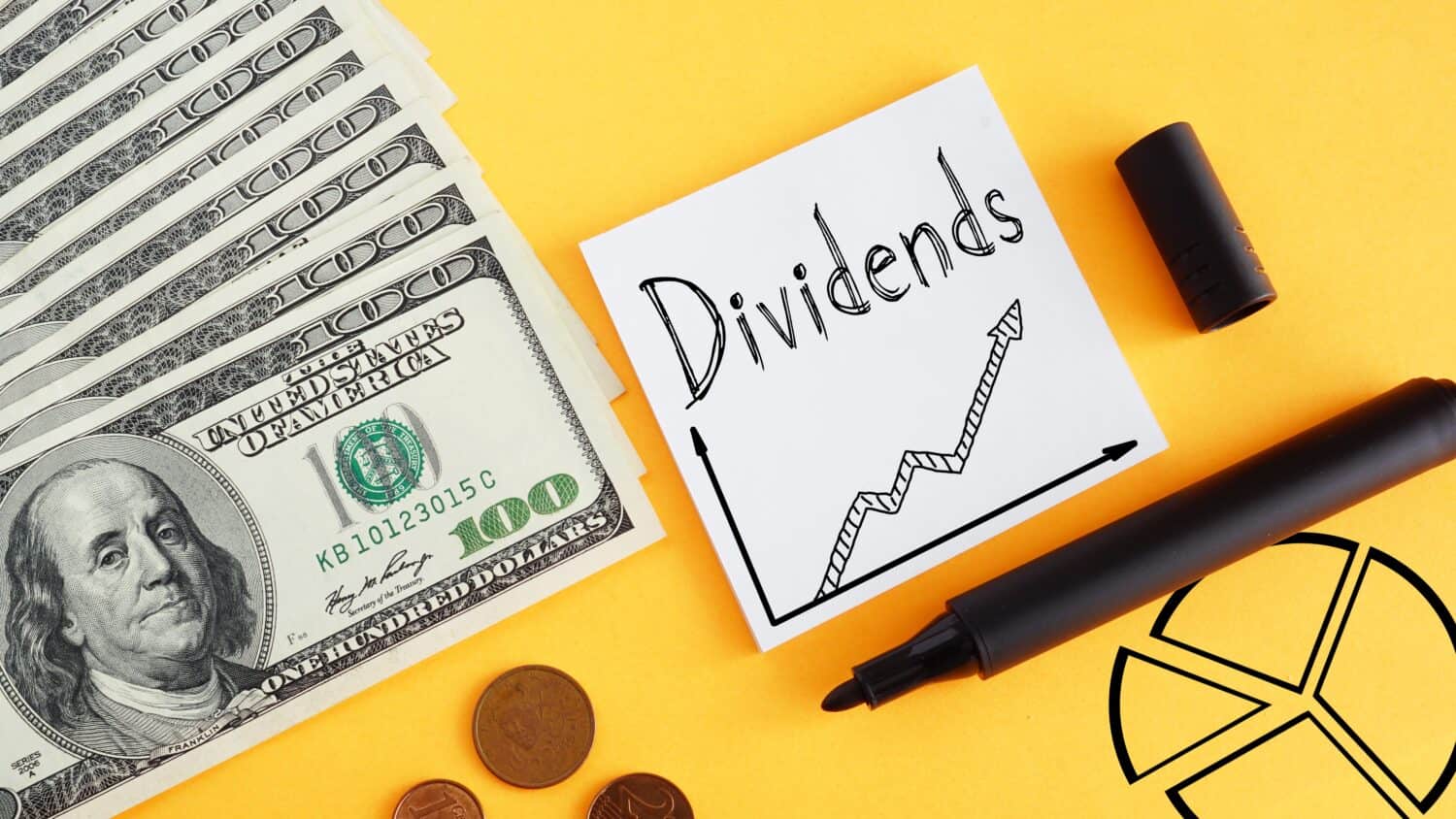Should I Convert My $300K SCHD into SPYI and QQQI for Higher Yields Before Retirement?
The Schwab U.S. Dividend Equity ETF (NYSEARCA:SCHD) is a popular choice for dividend investors, tracking the Dow Jones U.S. Dividend 100 Index, which focuses on high-quality U.S. companies with consistent dividend payments and strong fundamentals. Launched in 2011, SCHD holds approximately 100 stocks across sectors like financials, consumer staples, and industrials, with top holdings including […] The post Should I Convert My $300K SCHD into SPYI and QQQI for Higher Yields Before Retirement? appeared first on 24/7 Wall St..

The Schwab U.S. Dividend Equity ETF (NYSEARCA:SCHD) is a popular choice for dividend investors, tracking the Dow Jones U.S. Dividend 100 Index, which focuses on high-quality U.S. companies with consistent dividend payments and strong fundamentals.
Launched in 2011, SCHD holds approximately 100 stocks across sectors like financials, consumer staples, and industrials, with top holdings including companies like Home Depot (NYSE:HD) and Cisco Systems (NASDAQ:CSCO). Its dividend yields 3.9% annually with a 10-year annual dividend growth rate of approximately 11.8%. Its low expense ratio of 0.06% makes it cost-effective. Since its inception, its total return has been robust, averaging around 12% annually when combining dividends and capital appreciation.
However, some investors, frustrated by limited price growth in recent years, are eyeing higher-yield alternatives.
Should You Stay, or Should You Go?
Recently, a Redditor on the r/dividends subreddit said he was nine years from retirement, but was open to retiring earlier and was considering whether to convert his $300,000 SCHD holdings into the NEOS S&P 500 High Income ETF (NYSEARCA:SPYI) and NEOS Nasdaq-100 High Income ETF (CBOE:QQQI) for their high yields.
The Redditor notes that SCHD’s growth, even with dividends, has been lackluster over the past three years, prompting the question about shifting his position to these covered call ETFs to boost income.
SPYI and QQQI are actively managed ETFs that use covered call strategies to generate high monthly income distributions. SPYI tracks the S&P 500, holding around 500 large-cap stocks, and writes call options to enhance income, delivering a 12.11% annual distribution yield.
QQQI focuses on the Nasdaq-100, with about 100 tech-heavy stocks like Apple (NASDAQ:AAPL) and Nvidia (NASDAQ:NVDA), boasting a 14.4% yield.
Both ETFs, managed by NEOS Investments, leverage options to offer double-digit yields, far surpassing SCHD’s 3.9%. They also benefit from tax advantages, as their options income is subject to 60/40 long/short-term capital gains treatment, potentially reducing tax burdens in taxable accounts compared to SCHD’s qualified dividends.
However, these high yields come with trade-offs that require careful consideration.
The Opportunities and Risks of Switching
Now I’m not a financial advisor or a tax professional, so these are just my opinions, but switching $300,000 from SCHD to SPYI and QQQI could significantly boost income. Assuming a 50/50 split ($150,000 each), SPYI’s 12.4% yield would generate $18,165 annually, and QQQI’s 14.3% yield and QQQI’s 14.3% yield would generate $21,600, totaling $39,765 per year — far exceeding SCHD’s $11,700 at 3.9%. Over nine years, this income could support early retirement, especially if reinvested.
For instance, reinvesting QQQI and SPYI distributions could compound returns, potentially growing the portfolio to over $600,000 in a decade, assuming modest price appreciation and stable yields. However, this strategy sacrifices growth potential.
Covered call ETFs like SPYI and QQQI cap upside by selling call options, which limits gains in bull markets. SCHD, while less flashy, has historically balanced income with growth, averaging 11% total returns compared to SPYI’s 8% to 10% and QQQI’s 10% to 12% over recent periods.
The Reddit investor’s frustration with SCHD’s recent performance is valid — its price growth has lagged in a tech-driven market. Yet, SCHD’s focus on dividend growth and stability suits long-term investors. SPYI and QQQI, launched in 2022 and 2024, respectively, lack SCHD’s 14-year track record, introducing uncertainty. Their high yields include a return of capital (ROC), which can erode net asset value (NAV) over time, especially in down markets. This NAV erosion risk is significant over a nine-year horizon, as market volatility could reduce principal. QQQI’s tech-heavy focus also adds volatility compared to SPYI’s broader diversification or SCHD’s quality focus.
Key Takeaways
For an investor nine years from retirement, chasing SPYI and QQQI’s yields may be premature. A better alternative might be a hybrid approach: keep SCHD for growth and stability, using its dividends to gradually build positions in SPYI and QQQI. This balances SCHD’s 11.8% dividend growth with the high income of covered call ETFs.
Alternatively, allocating 20% to 30% of the $300,000 to SPYI and QQQI while keeping the remainder in SCHD could provide income flexibility without sacrificing long-term growth. Tax considerations also favor SPYI and QQQI in taxable accounts, but SCHD’s lower fees and proven resilience make it a safer core holding.
Ultimately, converting all $300,000 into SPYI and QQQI prioritizes income over growth, risking NAV erosion and missing market upside. With nine years until retirement, maintaining SCHD’s stability while selectively adding high-yield ETFs could better align with the Redditor’s goals, ensuring both income and capital preservation.
The post Should I Convert My $300K SCHD into SPYI and QQQI for Higher Yields Before Retirement? appeared first on 24/7 Wall St..
